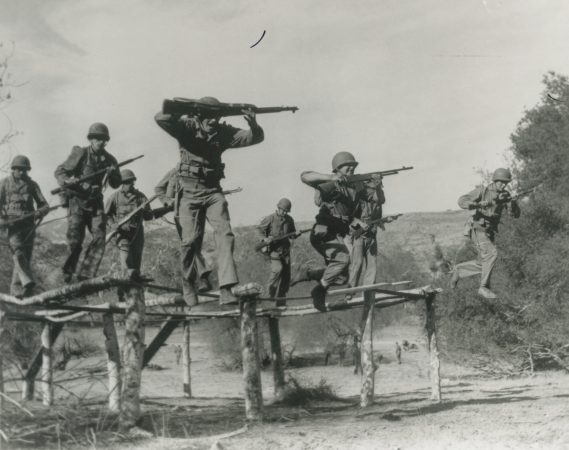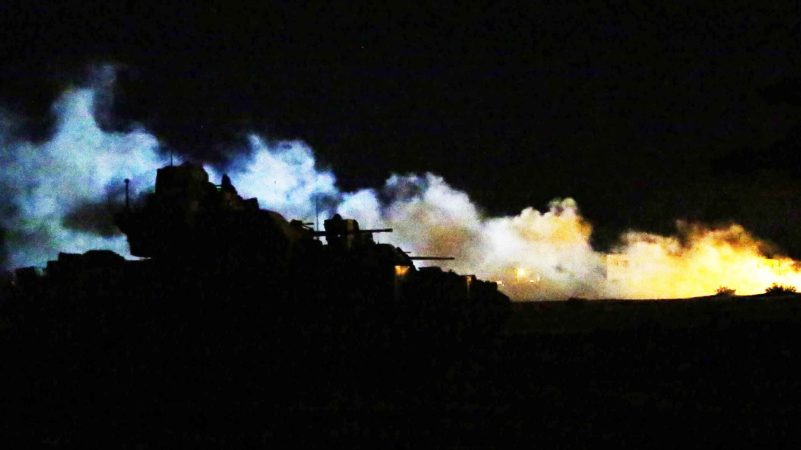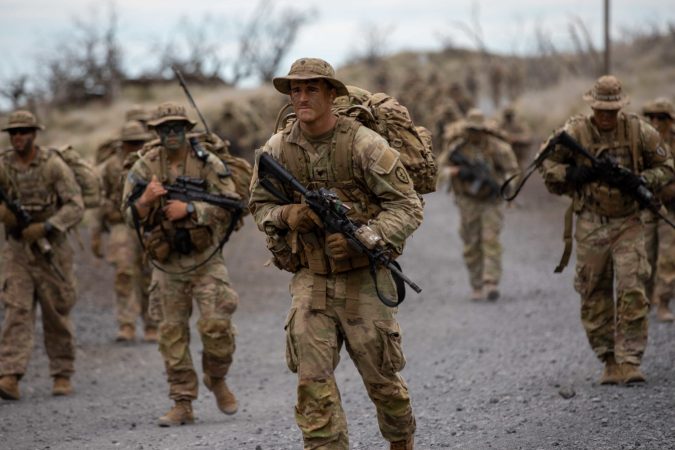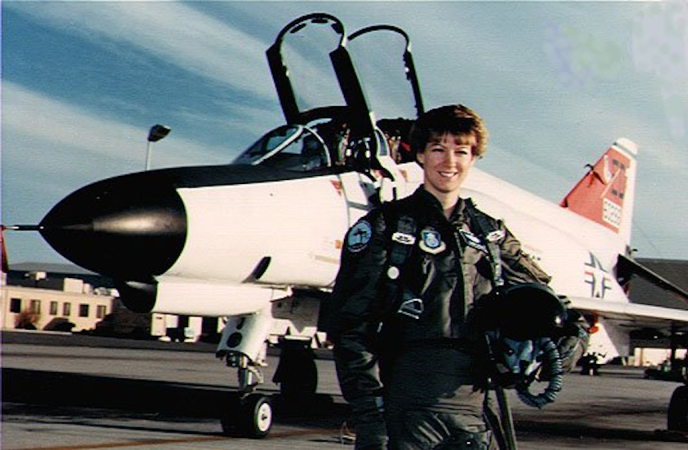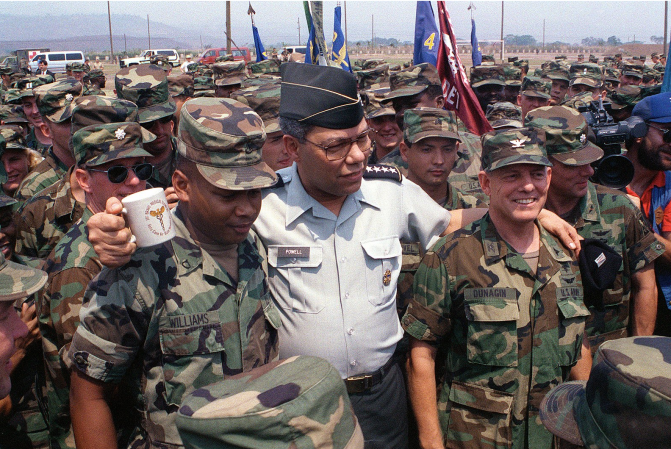Leadership in the military isn’t just giving orders to make the walls shake and make those fresh recruits’ knees wobble. It involves a subtle blend of charisma, decisiveness and courage. That’s to say nothing of the need for a dash of good old-fashioned insanity. This unique blend often results in leaders who can make decisions faster than a private can hide that phone they’re not supposed to have. So let’s take a look at what goes into military leadership.
Military masterclass
The military’s approach to leadership development isn’t some hush-hush secret sauce. (However, the Drill Sergeant’s coffee recipe might be.) Military leadership is more about creating environments that encourage initiative, foster resilience, and instill a sense of duty than anything else. Military leaders want these core tenets to become so ingrained they’re practically tattooed into your DNA. But that’s not all; it’s also about embodying certain vital qualities that transform a good leader into a great one.
A solid leader doesn’t just charge fearlessly into a battle. They also stand up for what’s right and can make tough decisions under pressure. Think about it like this. If you’re first up to try the ball’s grog, you’ve got guts and probably what it takes to be a leader.
A military leader is someone whose word is their bond, who walks their talk and sets an example for their unit. It’s like when your superior promises you’ll get a break after 50 push-ups and delivers on that promise (though whether you can move after those push-ups is a different question).
In the heat of battle, every second counts. Military leaders need to make quick decisions with confidence. This requires clear thinking, sharp judgment, and a sprinkle of audacity. In fact, it’s that adaptability in changing situations that’s key.
Leaders we deserve
To turn green recruits into capable leaders, the military doesn’t use some fancy “Insta-Leader” machine (though we can imagine the infomercials). It uses a combination of rigorous training, challenging assignments, and a support system that makes your Grandma’s knitting circle look tame. The result: quality leadership that units can count on.
The military doesn’t just want to mold leaders. It intends to forge leaders who are tougher than a two-dollar steak and just as hard to chew. They want leaders who’ll run towards the sound of danger, possibly while yelling something patriotic.
Let’s look at a tried-and-true method used in the Army – the BE-KNOW-DO model. This isn’t some secret military chant. It’s a framework that emphasizes the importance of what a leader must BE (values and attributes), what a leader must KNOW (competencies), and what a leader must D.O. (lead, develop, and achieve).
Guardian angels in camo
That’s all fine and well, but how is a leader developed? In the military, mentorship isn’t just an afterthought; it’s baked into the culture. This guidance system is less about holding hands and pushing boundaries. It involves seasoned leaders sharing wisdom, experiences, and war stories over cups of strong, almost undrinkable military-grade coffee.
Imagine being a fresh-faced recruit, stepping off the bus onto your basic training installation for the first time. You’ve made it through MEPS but have zero idea of what will happen next. You’re greeted not just by the intimidating sight of the obstacle course or the ear-splitting shouts of the drill sergeant. Say hello to your first mentor. Yes, your DS will be in your face constantly, but they’re also there to help you learn the ways of the military culture.
This leadership mentor doesn’t just teach you how to salute or assemble a rifle. They pass down the knowledge accumulated over years of service—how to keep your cool when things go south, how to make split-second decisions under immense pressure, and yes, how to brew that strong military-grade coffee to keep you going during those long, cold nights.

Diversity in leadership
Militaries must reflect the societies they serve, so it’s vital to recognize the inherent strength of diversity. This isn’t just about ticking boxes or fulfilling quotas. It’s about maximizing the team’s full potential by drawing from a rich tapestry of backgrounds, experiences, and perspectives.
Imagine a military unit as a box of assorted tools. Each tool—whether a hammer, wrench, or screwdriver—has a unique purpose and strength. Similarly, each service member brings something special to the unit regardless of background or identity. When you combine these elements, they create an innovative, adaptable, and resilient unit. Now that’s a force that’s prepared for any challenge.
Moreover, having diverse leaders at the helm sends a powerful message. It shows that anyone, regardless of their background, gender, orientation or race, can rise through the ranks and assume a leadership position. It is a beacon of inspiration, encouraging others to step up and lead.
Ultimately, diversity in leadership isn’t just good for morale or public relations—it’s also suitable for the mission. After all, in the complex, ever-changing theater of warfare, adaptability and innovation aren’t just desirable traits; they’re survival traits.
Art of war: art of leadership
Leadership isn’t shouting at people to head in one direction without details. It’s convincing them that running toward the sound of gunfire is a fantastic idea. This takes a unique kind of persuasive ability, often cultivated through years of experience, tough love from superiors, and possibly some late-night motivational speeches delivered in the glow of a bonfire (marshmallows optional).
In short, the essence of military leadership is the ability to inspire. Not only does a leader have to shout orders above the din of chaos, but they also need to motivate their troops to charge forward. This could involve anything from stirring speeches to promises of extra dessert in the mess hall (everyone knows Sergeant Berry’s apple pie is the real MVP).
Real-life examples
Let’s dive into the fascinating stories of these exemplary military leaders and how their experiences in the military have shaped them.
Admiral Michelle Howard is a leadership trailblazer in every sense. She is the first woman to be a four-star admiral in the U.S. Navy and the first to assume the Vice Chief of Naval Operations role. Howard’s leadership style is often described as calm under pressure, strategic, and inclusive. Most agree when you’re under her command, you’re a part of an unbreakable team—even if your main contribution is perfecting the ship’s morning coffee.
Her role in the dramatic rescue of Captain Richard Phillips from Somali pirates became a defining moment in her career, demonstrating her exceptional tactical abilities. As it’s known, the “Maersk Alabama” incident showcased her calmness and decision-making skills under intense pressure—traits she attributes to the Navy’s challenging training and assignments.
Lieutenant General Nadja West made history as the 44th Surgeon General and the former U.S. Army Medical Command General as the first Black Army Surgeon General and the highest-ranking woman to graduate from the U.S. Military Academy.
Known for her compassionate leadership style, West often emphasizes the importance of a service-oriented mindset, resilience, and empathy—traits shaped and honed by her military service. She overcame immense challenges and barriers through determination, skill, and exceptional leadership abilities. Her story exemplifies the military’s focus on developing leaders who are physically and mentally tough, empathetic, and service-oriented.

Lessons from the front
Each of our spotlighted leaders has had moments in their careers that showcase their unique leadership styles and the effectiveness of their military training.
Admiral Howard, for instance, demonstrated her exceptional tactical abilities during the dramatic rescue of Captain Richard Phillips from Somali pirates. Lt. Gen. West consistently highlighted the importance of service, resilience, and empathy in her role as Surgeon General of the U.S. Army, while Gen. James embodied charisma, patriotism and the power of inspiration during his service in three major wars.
In the end, leadership in the military isn’t about flexing muscles—it’s about flexing character. It’s about staying true to the mission and your team, even when things are exploding around you (sometimes, quite literally). So, the next time you see a military leader, know that beneath that uniform is a heart of gold, a spine of steel, and a story of growth, resilience, and an unyielding dedication to duty.



